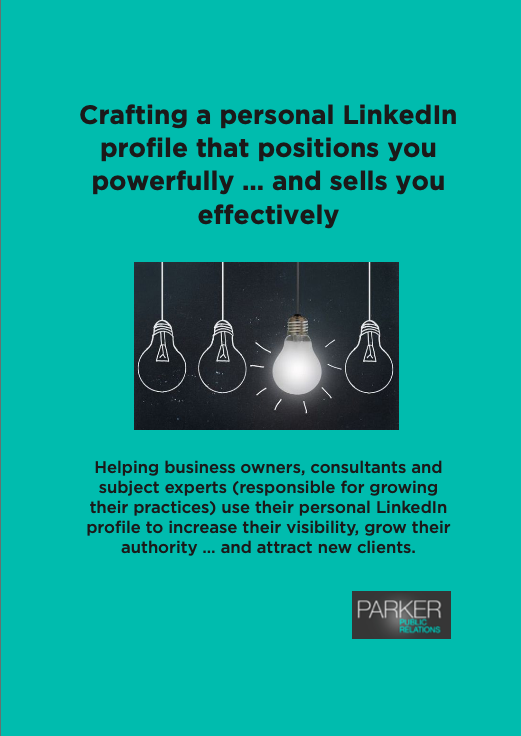
Despite the continued shedding of jobs and closure of media outlets (exacerbated with COVID-19), how the media chooses to engage with businesses and their publicists has remained largely the same, according to the Cision State of the Media Report 2020.
By providing journalists with great stories that resonate with their audiences and by helping them quickly determine the value of your submission, will not only be of service to them but will increase your odds of securing media coverage more often.
Email pitching continues to reign supreme
Here are some top tips for managing this effectively:
- Ensure you include a catchy heading in subject line of your email. Sadly this is some publicity real estate that often isn’t utilised as well as it should. Having a compelling headline will ensure your email is opened and that your journalist recipient goes on to read your pitch. Because a lot of effort goes into drafting the title of my media, I generally use this in my subject line.
- Keep your pitch short and to the point. You can do this by providing a concise summary of the media release or by copying and pasting the first para or two of your release into the message part of your email.
- Say why your story is of value to the publication’s audience and why your story is important for the public to know about. All too often publicists focus on why the story is important for the company or client … not the reader or viewership.
- Include all necessary materials in your email pitch such as media release, images as well as relevant links.
- Where appropriate include links to data (possibly research conducted by your organisation) and any other resources that will enable the journalist to dig further and get a more complete story and one that is exclusive to them.
- Be clear up front about whether or not the story can be published immediately or if there is an embargo.
- If you are able to offer an interview, make that clear. Ideally this should be the CEO or an organisation or subject matter expert. Make sure you include their contact details in the message section of your email.
- Always personalise your email. Never start your email pitch with “Hi there’. Use the journalist’s name.
- Ideally you should get your story to the media at the start of the week if appropriate.
Remember, the better the email you send, the more engaged and responsive journalists will be and the greater the likelihood of coverage.
Media releases remain relevant
Despite the many obituaries which have been written for the supposed demise of the media release, media releases continue to be the most trusted means of receiving stories and background information from publicists.
With this finding in mind, how can we write a media release that captivates the attention of journalists, effectively conveying much needed information while at the same time better reflecting the modern needs of journalism?
In nutshell, journalists want media releases that:
- Are relevant to their target audiences. Do your research and ensure the story you are offering a media outlet is pertinent to its readers, viewers and listeners. Failing this, you risk your story going straight into the bin or worse, journalists not taking you seriously.
- Media releases that are highly customised. Journalists don’t want a mass produced media release … rather something that is customised to the needs of their audiences.
- Include a strong news-hook. The “hook” is that critical piece of newsworthy information that will capture the attention and interest of both the news media and their audiences. Bottom line it will ensure your story gets used.
- Avoid industry and marketing jargon. Keep it simple and easy to understand. If it is absolutely essential to introduce some jargon into your media release, ensure you provide readers with a simple explanation of what the jargon means.
- If you are pitching a story across multiple states, ensure the angle you include is relevant to that state or region. Also keep in mind that many media outlets are only interested in local news pitches.
The resources in newsrooms may be dwindling but this is by no means lightening the load of journalists. Instead it is putting them under increased pressure to generate more stories in less time.
You can help journalists (and increase the odds of securing media more often) by not only providing the media with great stories that resonate with their audiences but also by helping them determine the value of your story in record quick time.
Parker Public Relations provides public relations, thought leadership and personal branding. These services are delivered via coaching as well as a done-for-you service.
Need assistance with securing media coverage but struggling to get started?
Get in touch:
0422 694 503
wendy@parkerpublicrelations.com.au


